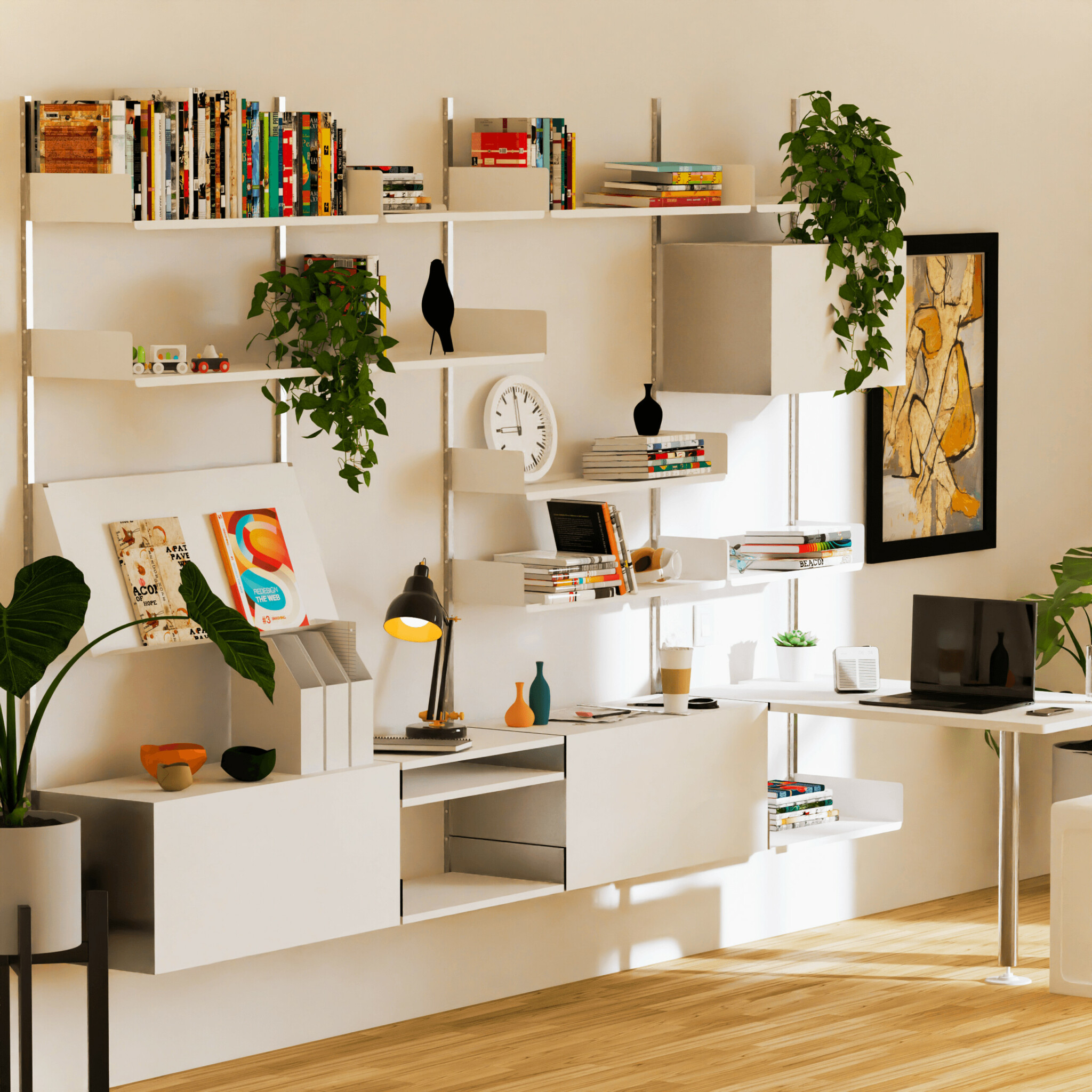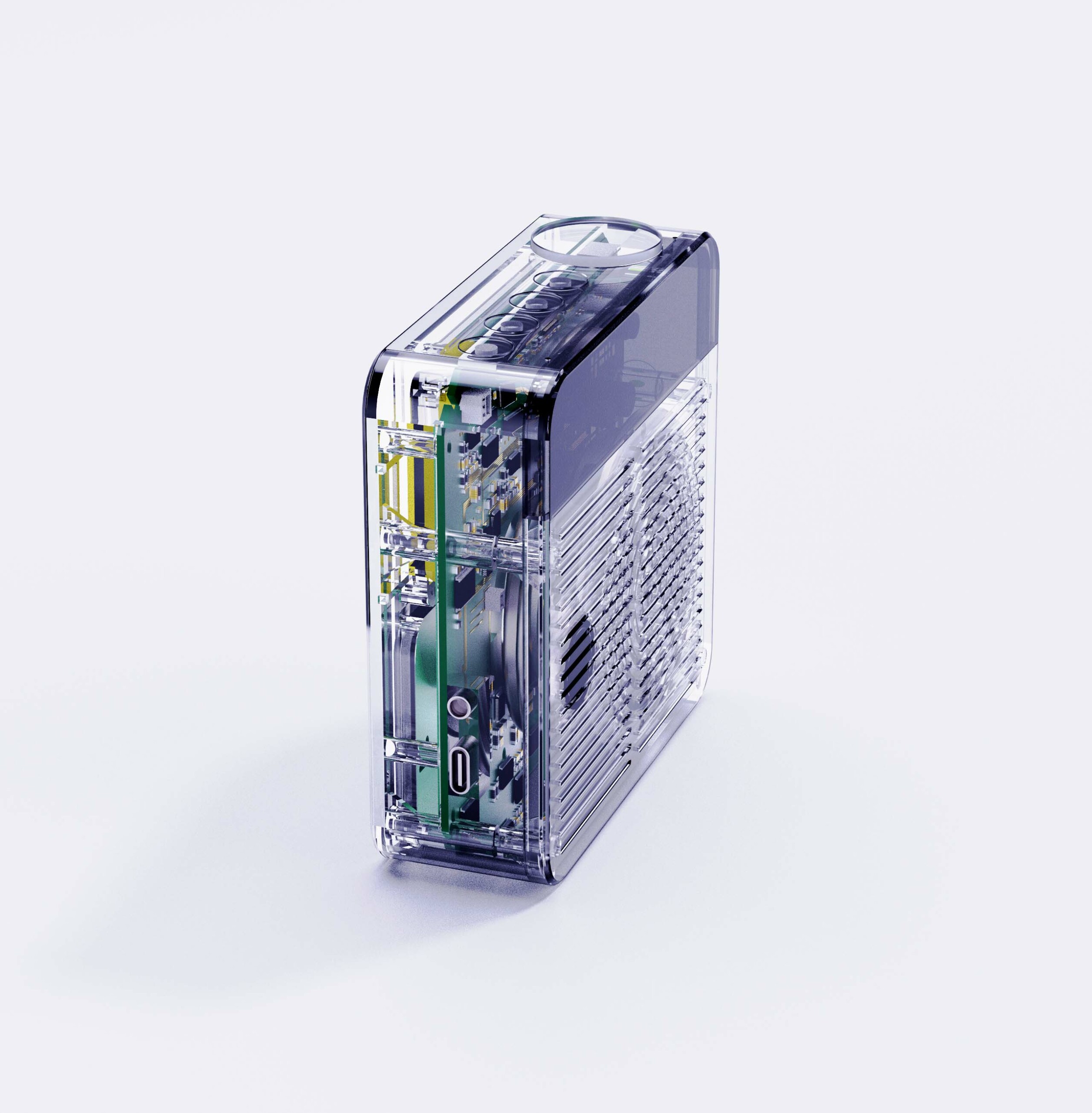Alright – so today we’ve got the honor of introducing you to Monica Bhyrappa. We think you’ll enjoy our conversation, we’ve shared it below.
Alright, Monica thanks for taking the time to share your stories and insights with us today. We’d love to hear about a project that you’ve worked on that’s meant a lot to you.
One of the most meaningful projects I’ve worked on is Spectrum, a noise-canceling headphone designed for individuals with autism. This project stands out to me because it wasn’t just about designing a product—it was about addressing a real-world challenge and creating something that could truly improve lives.
Spectrum was born while I was watching a Netflix series where the protagonist had autism and struggled daily to navigate a world that wasn’t built for him. He often relied on noise-canceling headphones to cope with overwhelming sensory stimuli, but they didn’t always help. Completely blocking out sound isolated him further, making social interactions difficult and preventing him from responding to important auditory cues. That moment made me wonder: What if noise-canceling headphones could do more than just cancel noise? What if they could actively help in moments of distress?
After diving into research, I found that individuals with autism often experience anxiety spikes due to sensory overload. That’s when Spectrum took shape. The headphones feature a heart rate monitor placed on the temporal pulse area, which detects sudden increases in heart rate—a sign of anxiety or sensory distress. When an anxiety spike is detected, the headphones automatically play calming audio therapy to help regulate emotions. Additionally, they have a special cardioid microphone that allows selective sound filtering, enabling conversations in public without needing to remove the headphones completely.
What makes this project even more meaningful is the response it has received. I still get messages and emails from people looking to purchase the headphones—some for their child, others for their fiancé—because they see a real need for inclusive technology. It’s a constant reminder that there is a gap in the market for well-designed, accessibility-focused products. While my concepts aren’t commercialized (yet), I believe that bringing awareness to these issues is a step toward a more inclusive world.
More than anything, Spectrum reaffirmed my belief that great design isn’t just about aesthetics or functionality—it’s about understanding people’s lived experiences and creating solutions that empower them.

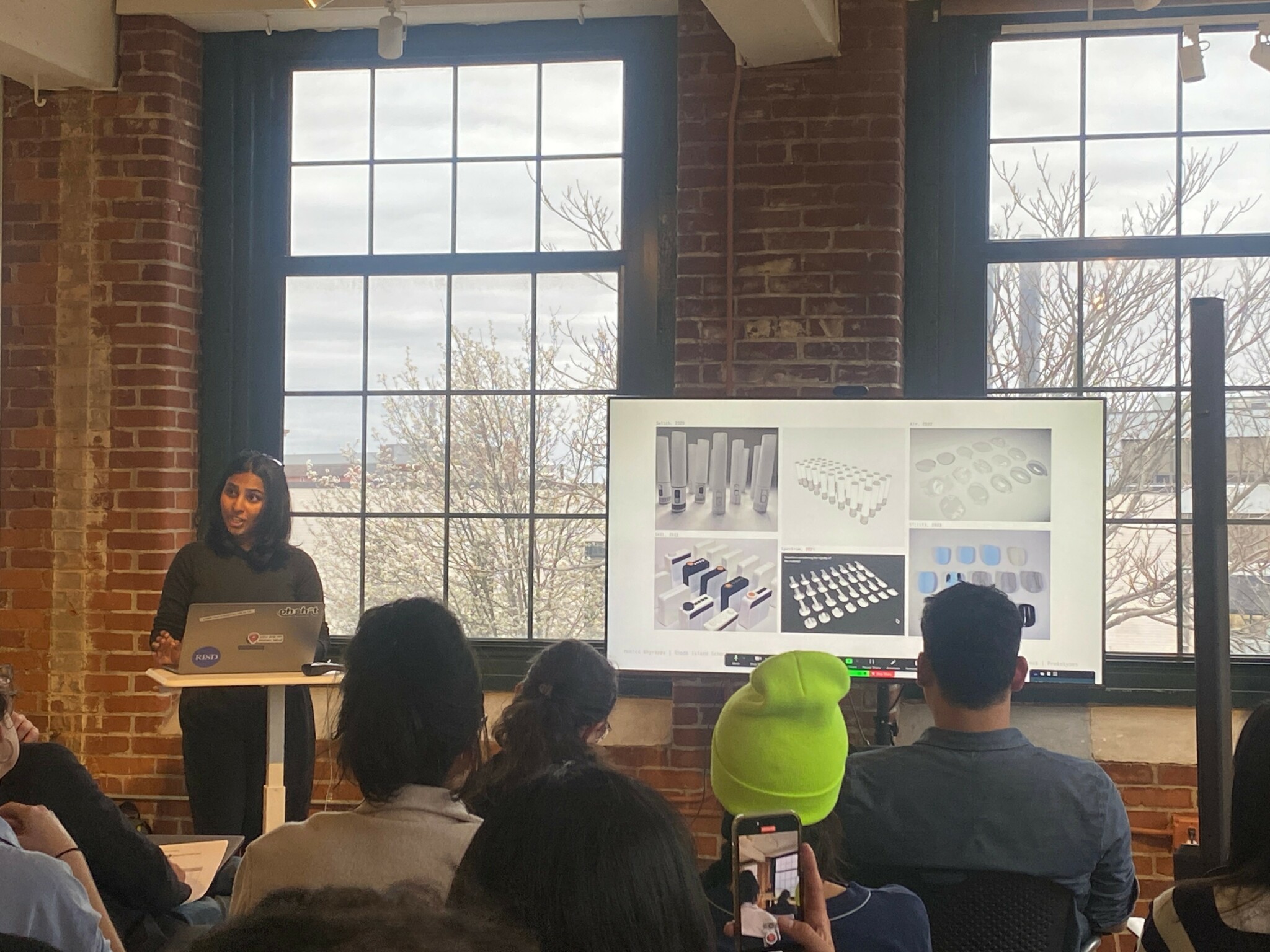
Great, appreciate you sharing that with us. Before we ask you to share more of your insights, can you take a moment to introduce yourself and how you got to where you are today to our readers.
I’m an Industrial Designer specializing in inclusive and sustainable consumer electronics. My work is centered around creating products that are not only functional and aesthetically refined but also meaningful and impactful.
My journey into design began long before I even knew what industrial design was. As a child, I was always creating—whether it was drawing, crafting, or repurposing objects around me into something new. I actively participated in school competitions, often choosing themes that revolved around social awareness, like global warming, pollution etc. My brother was the one who first introduced me to industrial design, describing it as the perfect blend of creativity and problem-solving. That led me to explore the field further, and once I came across the National Institute of Design (NID) website, I knew this was exactly what I wanted to do.
During my undergraduate studies at NID, I explored different areas of design but found my passion in consumer electronics—specifically in how technology could be made more inclusive and sustainable. I carried this focus into my master’s at Rhode Island School of Design (RISD), where I had the freedom to experiment and push the boundaries of what industrial design could be.
Currently, I work as an Industrial Designer III at Coca-Cola, designing cooling, dispensing, and vending systems across multiple brands. I focus on integrating innovation, accessibility, and sustainability into these products, ensuring they have a positive impact on both users and the environment.
Beyond my professional role, I work on projects that address gaps in inclusive technology and sustainable product design. Two projects that define my design philosophy are:
Spectrum – a noise-canceling headphone designed for individuals with autism that detects anxiety spikes through heart rate monitoring and provides therapeutic audio support.
Jugaatronics – my thesis project inspired by the Indian concept of Jugaad, where I explored repurposable consumer electronics to reduce e-waste and extend product lifecycles.
What sets my work apart is that beyond the ideal design of aesthetics and CMF, I design with purpose. My projects aim to bridge the gap between functionality, emotional connection, and social responsibility. I believe that great design should be adaptive, thoughtful, and long-lasting, rather than disposable and short-lived.
Challenges & What I’m Most Proud Of
My career journey wasn’t without its challenges. As an international student, securing internships was difficult without industry connections. Yet, through perseverance and a strong portfolio, I landed internships at Braun, Logitech, and Bose, where I worked alongside some of the best minds in the field. These experiences shaped my approach to design and reinforced my belief that good design isn’t just about how a product looks, but about how it integrates into people’s lives and solves real problems.
One of the things I’m most proud of is the recognition my work has received. Several of my projects have won national and international awards, affirming the relevance and impact of my work. These accolades include awards from leading design institutions like Braun, IF, IIT, showcasing my dedication to crafting products that are both innovative and purposeful. The recognition has opened doors to numerous opportunities, allowing me to continue pushing the boundaries of inclusive and sustainable design.
At its core, my work is about designing for impact—whether that means making technology more inclusive, extending the life cycle of consumer electronics, or ensuring sustainability isn’t an afterthought in product design. Good design can be many things, but to me, good design is impacting the lives of people for the better, one step at a time.
Looking ahead, I’m excited to continue working on projects that challenge the way we think about design, sustainability, and accessibility. My goal is to keep pushing the boundaries of industrial design and contribute to a future where technology is not just smarter, but also more inclusive, sustainable, and meaningful.
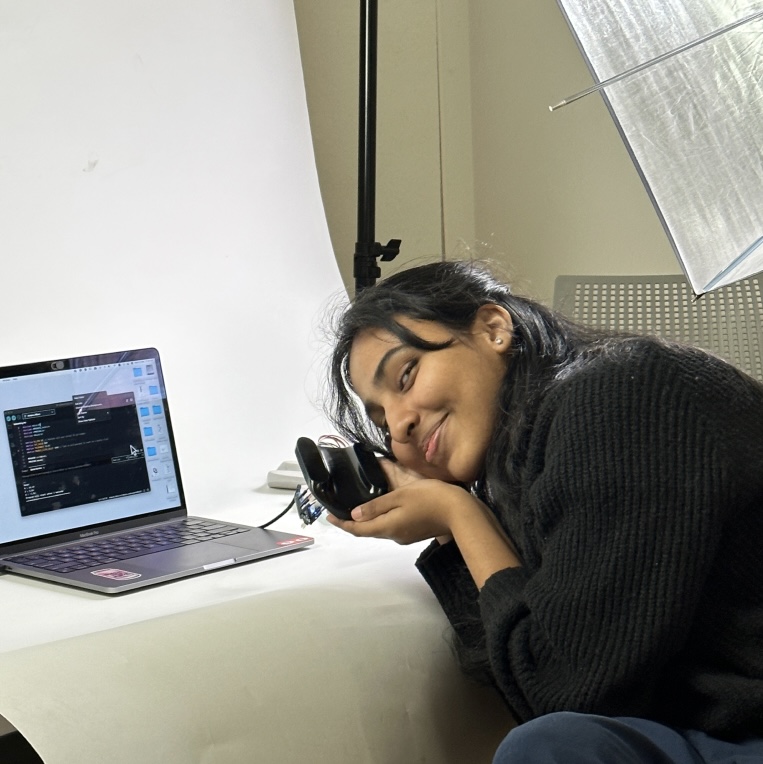
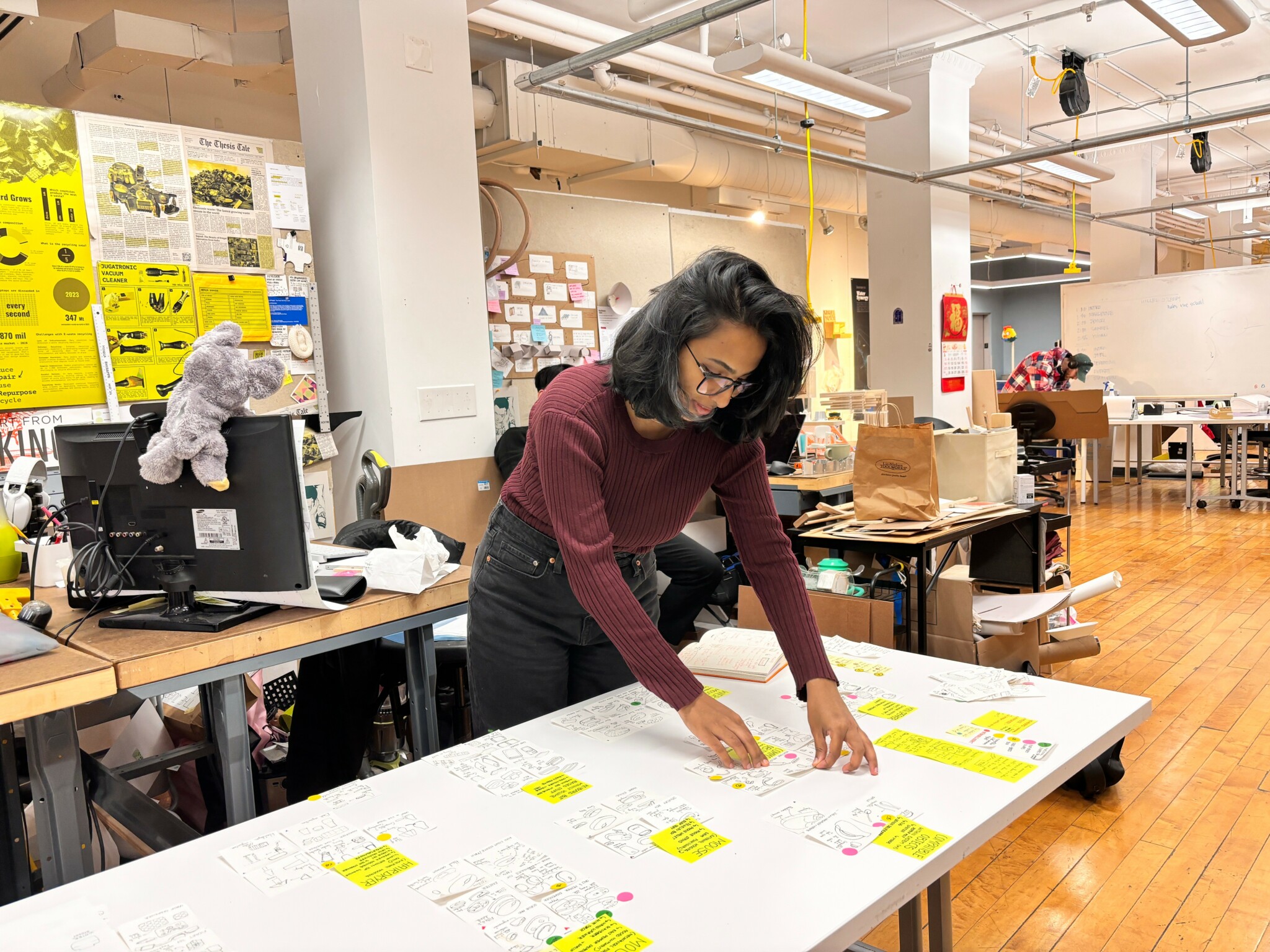
Let’s talk about resilience next – do you have a story you can share with us?
Betting on myself- When I first applied to NID(India’s top design school), I was convinced it was my future. I had a good rank, put in the work, and was ready to take the next step. But when the first round of results came out, my name wasn’t there. It hit me hard. Suddenly, everything I had envisioned for myself felt uncertain. Everyone around me had advice—apply somewhere else, find a backup plan, don’t waste time on a gap year. But I wasn’t ready to give up. I took the risk of waiting, preparing, and trying again. Then, just when I thought I’d have to wait another year, I found out that I had been offered a provisional seat at NID. It was meant to be. Fast forward a few years, and I found myself at another crossroads. I wanted to pursue my master’s, and RISD was my dream school. But instead of applying to multiple places as a safety net, I made a bold decision—I applied only to RISD. If I didn’t get in, I had decided I would work for another year and try again. Everyone said it was too risky, but I trusted my gut. Fortunately, I got in—with a scholarship.
Looking back, these moments reinforced one thing: betting on myself, even when the odds seemed uncertain, was always worth it. Every rejection, every setback was just a detour leading me exactly where I was meant to be.
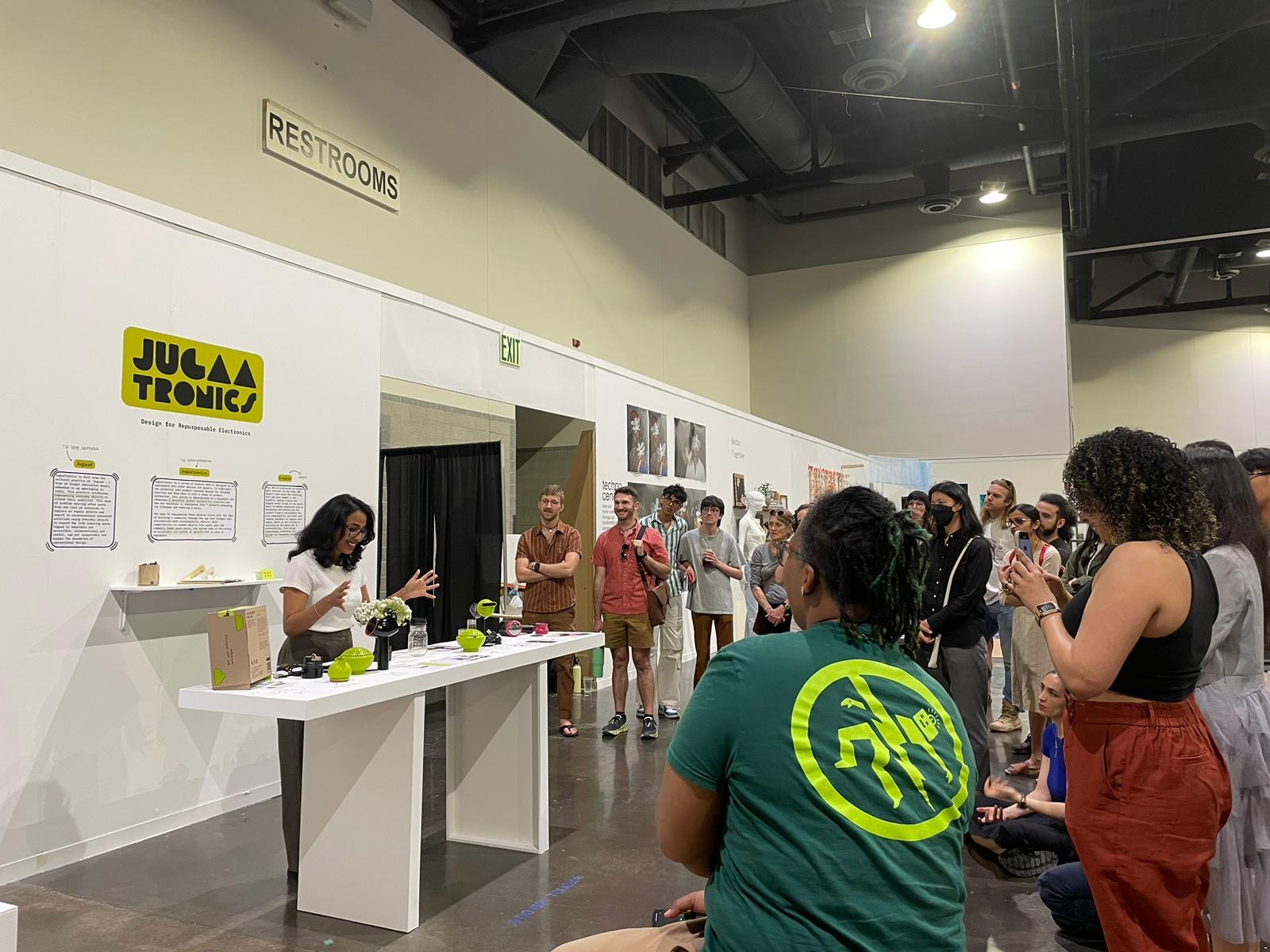

Is there a particular goal or mission driving your creative journey?
My creative journey is driven by a deep passion for consumer electronics in the realm of inclusive design and sustainability, with a focus on creating products that don’t just meet functional needs, but also promote accessibility, equity, and environmental responsibility.
Inclusive design has always been at the heart of my work. I spoke about Spectrum before, but my first ever design project was Que, a dishwashing device that aids upper-limb disabled users. Working on this opened up my area of interest, focusing on the invisible problems that are usually overlooked. I remember my faculty telling me to pick a common problem area that catered to a larger demography since the user group of upper-limb disabled users were comparatively lower in number. Although I agree that focusing on a bigger problem would be good for my learning, I felt solving a problem faced by a smaller group of people is equally significant, if not more important, to address.
Another project within the inclusive design space is ST[ILT], a tremor-friendly mouse developed for people with hand tremors, such as those with Parkinson’s disease. This design aims to ease the challenges people with tremors face while using traditional mice. It’s about making technology more usable and intuitive for people with different abilities, ensuring that everyone, regardless of their physical condition, can engage with the world in a more comfortable and empowered way.
Sustainability is equally central to my work. In today’s world, where waste is an ever-growing problem, I focus on creating products that don’t just have a shelf life but evolve over time to reduce environmental impact. One such project is Jugaatronics, my thesis project that proposes a system for repurposable consumer electronics. By integrating modularity and adaptability into products, Jugaatronics encourages extending the lifespan of devices instead of letting them end up in landfills. The concept draws inspiration from the Indian idea of Jugaad, which is all about creative repurposing and finding innovative solutions to reduce waste.
Another sustainability project I’m passionate about is Bebo, a shampoo packaging concept for kids that’s both eco-friendly and fun. The packaging doubles as a toy inspired by endangered animals, giving kids a reason to keep and reuse the product beyond its original purpose. It’s a playful way to engage children with sustainability and raise awareness about the importance of reducing waste, even in something as simple as shampoo packaging.
For me, these projects reflect a larger mission: to create products that empower individuals and reduce environmental harm. Whether it’s through creating accessible tech for those with disabilities or designing sustainable solutions that can have a longer life cycle, I want my work to have a lasting impact on people and the planet. Even though some of these concepts are still in their early stages, I believe every step toward inclusivity and sustainability is a step closer to a more thoughtful, responsible future.
Contact Info:
- Website: https://monicabhyrappa.myportfolio.com/
- Instagram: monica_bhyrappa
- Linkedin: https://www.linkedin.com/in/monicabhyrappa/
- Other: Behance portfolio
https://www.behance.net/monicabhyrappaGrad thesis book
https://digitalcommons.risd.edu/cgi/viewcontent.cgi?article=2338&context=masterstheses
